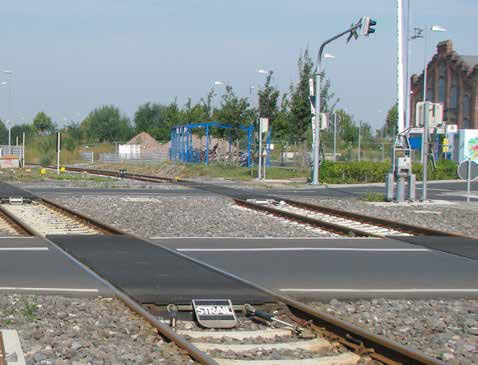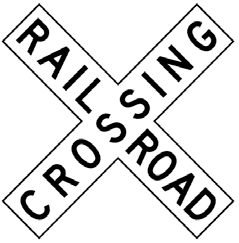Beware when crossing a railway line
Beware when crossing a railway line sadminGovernment has urged pedestrians and motorists to follow safety precautions at level crossings to avoid serious accidents and deaths.
 “We have noted the incidents at level crossings are at a high level and can lead to fatalities. The main reason for these incidents is that motorists and pedestrians fail to adhere to safety precautions,” said Transport Minister Dipuo Peters.
“We have noted the incidents at level crossings are at a high level and can lead to fatalities. The main reason for these incidents is that motorists and pedestrians fail to adhere to safety precautions,” said Transport Minister Dipuo Peters.
She also noted that during off-peak periods, the frequency of trains was low, leading people to disregard and neglect rail rules.
Speaking to the community of Kayamnadi in Stellenbosch, she urged pedestrians to use designated places to cross the railway.
Statistics show that since 2008, 21 people have been struck by trains in the vicinity of Du Toit station.
She added that government would work with provinces, municipalities, the Passenger Rail Agency of South Africa and Railway Safety Regulator to ensure that there was safety and compliance at all level crossings across the country.
“We will make sure that there are fewer vehicles and people who are crossing the railway tracks because we do not need unnecessary incidents,” said the Minister.
Level crossing safety tips
When walking:
- Cross railroad tracks only at designated pedestrian or roadway crossings and obey all warning signs and signals.
- Always stop, look both ways, and listen for trains before crossing the tracks.
When driving:
- Look both ways and listen for a train when you cross railroad tracks. Always obey all traffic signs and signals.
- Wait at least five metres behind the stop line when waiting for a train to pass.
- It is illegal and dangerous to stop your vehicle on railway tracks. Violators will be fined. If your vehicle stalls on the tracks, get out immediately and move quickly away from the tracks. Call the police for assistance.
- Never drive around lowered gates – it’s unlawful and deadly.
When using a bike:
- Never cycleon railroad tracks.
- Look both ways and listen before crossing tracks.
- Look for flashing headlights and listen for warning bells and horns.
- Cross tracks at an angle to avoid tyre damage or risk of falling.
Fast facts
- Train drivers are obliged to sound sirens on approach to level crossings.
- Trains operate with their head-lights on as an additional safety measure.
- Trains legally have right of way at road/rail level crossing intersections.
- A full train will take up to 500 metres to stop under emergency conditions.
- Where level crossings are protected by lights and barriers, the lights will start flashing 30 seconds before an approaching train enters the level crossing intersection.
- Barriers drop 10 seconds before the train enters the intersection and remain closed until the last carriage safely clears the intersection. Lights continue to flash until the barrier lifts.


